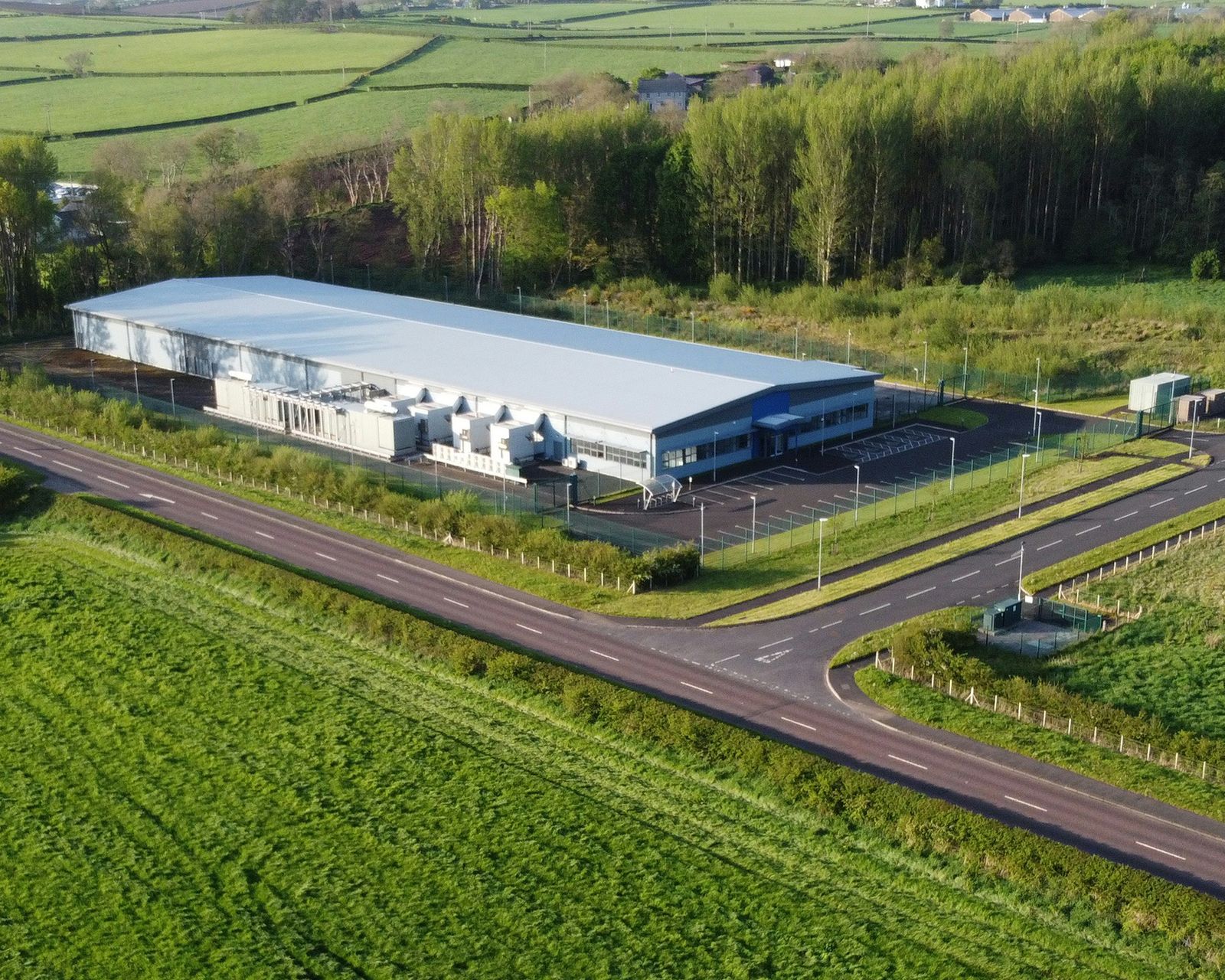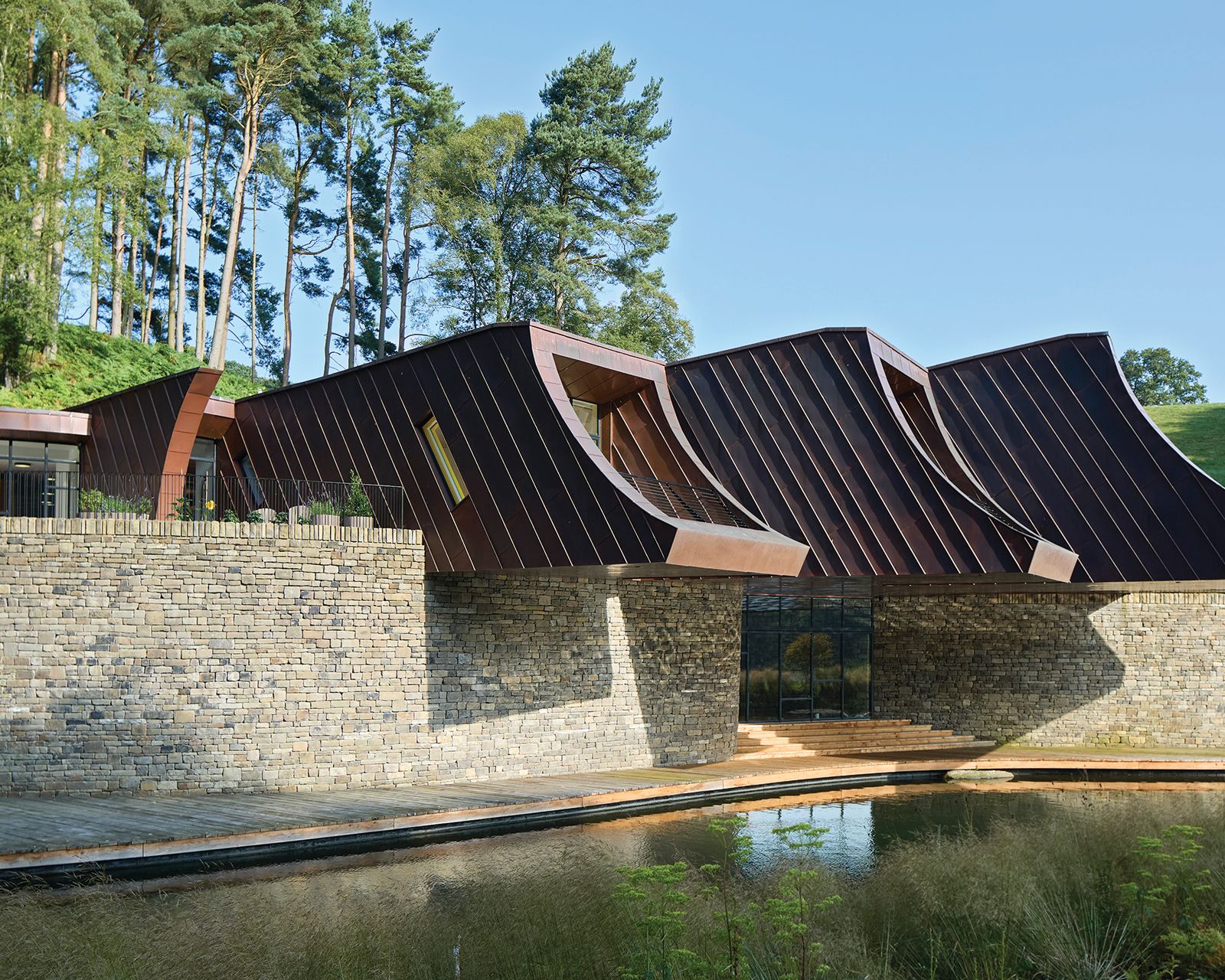With great power comes great responsibility
By Jamie Goldberg | 15.07.25
We’re delighted to welcome real estate solicitor Jamie Goldberg of Farrer & Co to share his thoughts on what landowners should know about data centres.

If you are a landowner in the UK and you have ever thought about turning your large plot into a tech mega-shed where all the world’s funny cat videos are stored, then congratulations – you might just have stumbled onto a very lucrative opportunity.
Data centres – those vast, humming sheds full of servers and cables, are certainly having their moment in the world of property development and investment. But before you start picturing your land being snapped up by tech giants and you retiring on a beach somewhere (with an internet connection to watch said cat videos), here are some (incredibly condensed for the purposes of this article) things you should know:

Power
Data centres do not exactly thrive on your standard suburban electricity. They need serious power – the kind that is plentiful and uninterrupted. Without access to the required amount of MVA (potentially north of 90 MVA which, for context, is three times the supply to Gatwick Airport), it will be difficult to get going.
How to access this power, you ask? If you do not already have a connection agreement in place with National Grid, you will need to transact with someone who does, because National Grid has effectively paused taking new orders. Their place in the “queue” (for the connection and transmission of power) and the amount of their contracted supply will determine the value of such agreement. The cost of acquiring such a position can be considerable, in addition to the expenses associated with the connection itself, reflecting both the infrastructure requirements and the high demand for energy in the sector.
It is worth noting that under the recent CP30AP reforms (the new power connection process), parties with a grid connection offer will still be required to go through a restructured application procedure to obtain a full offer and confirm its place in the queue.

Access to fibre optic cabling
Data centres depend on fast, reliable fibre optic cabling, which is connected and in use, or “lit”. Without it, they are effectively useless. Your land needs to be near existing fibre infrastructure, and ideally, it should be able to accommodate the future growth of the data centre. This is non-negotiable. Without fibre, you are offering up a big empty space with no digital backbone.
Proximity to hazards
Safety is paramount when it comes to data centres. If your land is near a chemical factory, flood zone or other environmental hazard, you are off to a shaky start. Data centres cannot risk operating near such potential dangers. A hazardous site could increase operational risks or even raise insurance premiums. So, check for potential issues, and make sure your land is a safe bet.
Logistics and heavy lifting
Moving equipment into a data centre site involves heavy machinery, from servers to cooling systems, and you need to ensure your land can manage the logistics. That means wide access roads for large vehicles, sufficient space for construction and future expansion, and an overall flat, usable site. Without this, expect substantial additional costs and delays.

Potential tenants: the giants dominate
The tenant pool for data centres is small, and dominated by a few major players like Amazon, Microsoft, and Google. These tech titans occupy a significant portion of the market, and their demands are enormous. From scalability and security to the most innovative cooling systems, these companies will expect the world. As a landowner, expect their lease terms to be more complex, and their expectations (particularly around energy use, sustainability, and tech infrastructure) to be high.
Lease terms: not your average agreement
The lease template for a data centre is different from a standard FRI (Full Repairing and Insuring) investment lease, where the landlord virtually never dips into their pocket. Often with data centres, landlords are responsible for some bulky operational costs, particularly when it comes to power and utilities. While tenants may pay for their own consumption, the infrastructure costs (like the provision of electricity, cooling, and high-tech security systems) can often be borne by the landlord. This can make the financial dynamics quite different, so you will need to be prepared for significant upfront capital expenditure and ongoing maintenance obligations.

Energy regulations: the green impact
Data centres are energy guzzlers. With the increasing emphasis on sustainability and climate change, governments may introduce new laws and regulations which restrict energy use or impose higher standards on carbon emissions, which could have a significant impact on your investment – it depends on the government of the day.
Planning use: just a storage facility?
In terms of planning, there is a lack of certainty given that a data centre could potentially fall under a B8 use class (storage or distribution) or (less likely) be classified as sui generis, depending on the specific characteristics and operational functions of the facility. While it is considered that a data centre would fall within the B8 use class, this classification is not guaranteed, as local authorities may take a different view based on the unique aspects of the proposed development. The uncertainty is likely to drive up planning costs and heighten the need for absolute clarity to instil greater confidence in investors and developers.
The Government appears to be making progress on providing clarity, however, and classed data centres as “Critical National Infrastructure” in September 2024. The 2024 update to the National Planning Policy Framework requires planning policy to “pay particular regard to facilitating development to meet the needs of a modern economy, including by identifying suitable locations for uses such as data centres”, and so future reforms to planning use classes may clarify the position.

Conclusion
Selling or leasing land for a data centre is not as simple as putting up a sign that says, “Tech Bros Welcome.” It is about making sure your land ticks all the right boxes: fibre optic connections, a safe distance from industrial disasters, and access to a reliable power supply (and lots of it). And do not forget, it is a seriously costly business to both build and operate a data centre, even one which is tenanted.
So, before you start daydreaming about how you will spend your newfound wealth, make sure your plot is up to scratch and your power supply is present and plentiful, and find a partner with deep pockets.
Get these elements right though, and you might just find yourself with a colossally valuable asset and revenue stream.
Get in touch
If you have a project you’d like to discuss, please get in touch with the team at Rural Solutions by emailing info@ruralsolutions.co.uk or call 01765 797501. We’d be delighted to have a chat.
Jamie Goldberg is a Senior Associate at Farrer & Co
Jamie is an experienced real estate solicitor, specialising in real estate investment work. Jamie has a wealth of experience in acquisitions, financings, lettings, and disposals. With a deep understanding of the sector, Jamie offers practical, commercial advice striving to ensure that clients’ objectives are met efficiently and effectively. This article is a general summary of the law. It should not replace legal advice tailored to your specific circumstances.
This article was originally published by Farrer & Co in April 2025.
Images for illustrative purposes only.
We are using cookies to give you the best experience on our website. You can find out more about which cookies we are using on our cookie policy.


